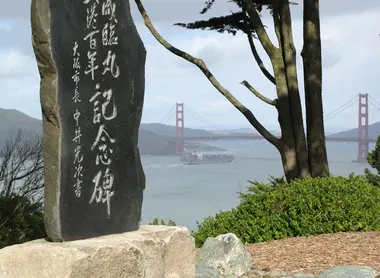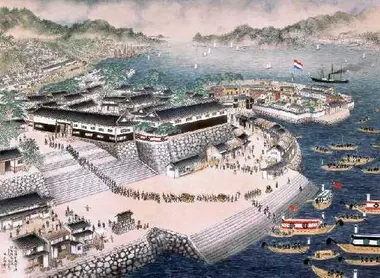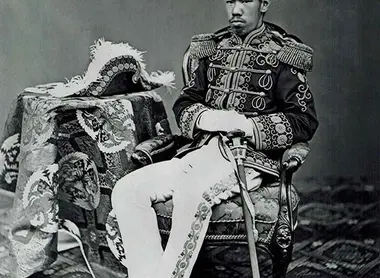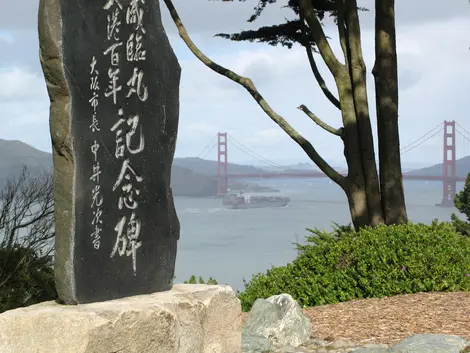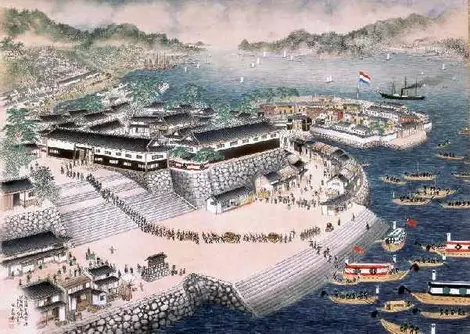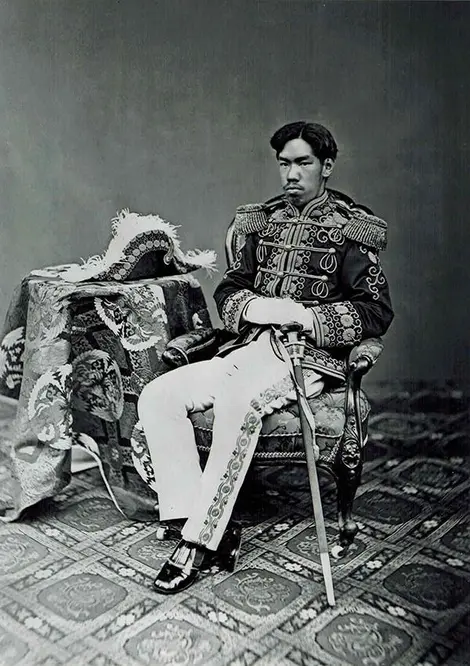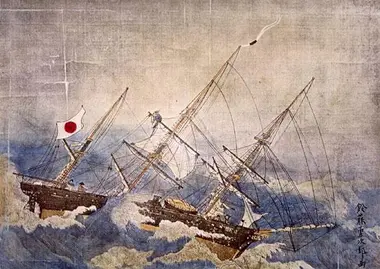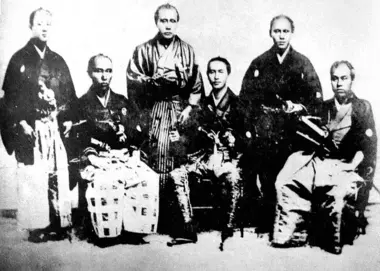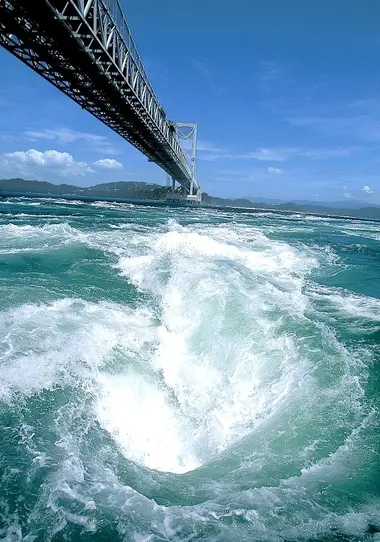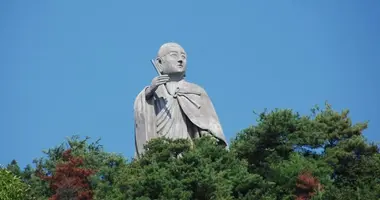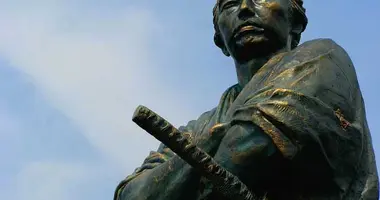The Karin Maru, a symbol of modernity in the Meiji era 咸臨丸
- Published on : 16/05/2019
- by : S.R.
- Youtube
Openness to the modern world: the awakening of Japan
After the passage of Commodore Perry's black fleet in 1853, which forced Japan to open up to the world, the country's leaders began to modernize many sectors of the country, including the navy. The Kanrin Maru was the first ship in modern Japan.
The Other Flying Dutchman
The Kanrin Maru was ordered by the shogunal authorities in the Netherlands just after Commodore Perry intruded into Edo Bay (former name of Tokyo). Holland was not chosen at random, since it was then in 1853 the only Western country with which the power authorized the exchanges, via the port of Nagasaki.
Delivered in 1857, the Kanrin Maru was the first propeller-powered steam-powered corvette ever acquired by Japan, and a major technological advance, such a ship having only existed for a decade in the West at the time.
It was also used to study Western techniques within the new naval school in Nagasaki, beginning a long cycle of study and acquisition of European and American knowledge by the Japanese which would be symbolized in the maritime sector by the creation of the imperial war fleet by Frenchman Louis-Emie Bertin.
- Read also: The Edo period (1603-1868)
A story in motion
The Kanrin Maru was a privileged witness to the first moments of Japan in the process of modernization.
The first transpacific voyage by the Japanese to the United States of America was on the Kanrin Maru in 1860, to sign a treaty of friendship and commerce with the latter. This was the second crossing of the ocean in the entire history of the country after Tsunenaga Hasekura's attempted embassy at the beginning of the 17th century.
The Kanri Maru was also caught up in the Boshin Revolt that led to the Meiji Restoration and took part in the fighting before yielding to Imperial troops.
The memory ship
The Kanrin Maru holds a special place in Japanese history. It was used after the return to power of the emperor to establish links with the island of Hokkaido, as part of the latter's integration into the country, before failing off the coast of the island.
The event has since been commemorated by the Crew Descendants Association as well as annual festivities held on Hokkaido.
As a sign of the importance of the symbol, a search for the wreck jointly sponsored by the Dutch Cultural Heritage Agency and the University of Maritime Science and Technology in Tokyo has recently been undertaken.
On the other side of the country, a replica twice as large was commissioned from the Netherlands in 1990, and after being displayed at Huis Ten Bosch Park, is now used for tourists wishing to cruise the side of the whirlpool of Naruto, from the Awaji Island.
